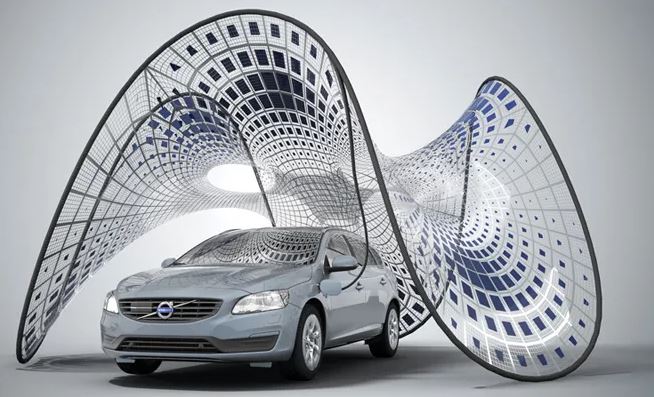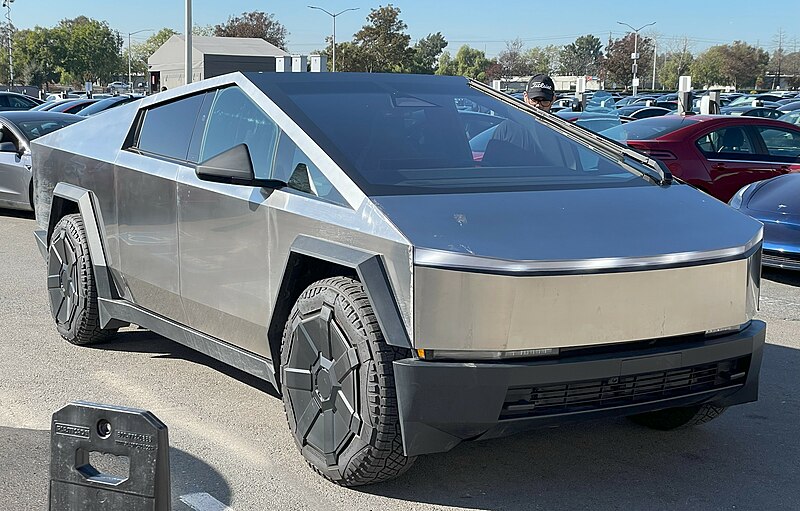Creating the world’s most efficient solar electric car is a multifaceted challenge that requires collaboration across various disciplines, from materials science to artificial intelligence. The pursuit of such a vehicle not only pushes the boundaries of technology but also contributes significantly to sustainable transportation solutions for the future. Designing and creating the world’s most efficient solar electric car involves integrating cutting-edge technologies to maximize energy capture, storage, and utilization. Here’s an overview of the key features and considerations for such a groundbreaking vehicle.
High-Efficiency Solar Panels:
Advanced Solar Cells: Utilize the latest advancements in solar cell technology, such as multi-junction solar cells or perovskite solar cells, to enhance energy conversion efficiency.
Integrated Design: Incorporate solar panels into various parts of the car’s surface, including the roof, hood, and even sides, to maximize solar exposure.
Advanced Materials:
Use lightweight yet durable materials like carbon fiber and aluminum to reduce the overall weight of the car, improving energy efficiency.
Streamlined Shape: Optimize the car’s aerodynamics to reduce drag, allowing the vehicle to move more efficiently through the air.
Efficient Energy Storage:
High-Density Batteries: Implement cutting-edge battery technology with high energy density, such as solid-state batteries, to store energy efficiently.
Smart Battery Management System: Develop an intelligent system to manage and distribute energy effectively, considering factors like driving conditions, solar input, and user preferences.
Regenerative Braking System:
Advanced Regenerative Brakes: Enhance regenerative braking systems to capture and convert kinetic energy back into electrical energy, further extending the vehicle’s range.
Energy-Efficient Electric Motors:
In-Wheel Motors: Consider in-wheel electric motors for better power distribution and efficiency.
Variable Torque Systems: Implement variable torque systems to optimize power delivery based on driving conditions.
Smart Energy Management System:
AI-based Optimization: Use artificial intelligence algorithms to analyze real-time data, such as weather conditions, traffic, and driving patterns, to optimize the use of solar energy and battery power.
User-Friendly Interface:
Energy Monitoring: Provide a user-friendly interface that allows drivers to monitor energy usage, solar input, and overall efficiency.
Navigation Integration: Integrate the car’s navigation system with solar and battery management, helping drivers plan routes to maximize solar exposure.
Wireless Charging Technology:
Wireless Charging Infrastructure: Develop partnerships to establish a network of wireless charging stations, ensuring convenient and efficient charging for the solar electric car.
Environmental Considerations:
Sustainable Materials: Prioritize the use of eco-friendly and sustainable materials in both the car’s construction and manufacturing processes.
End-of-Life Recycling: Design the car with recyclability in mind, promoting responsible disposal and recycling of components.
Continuous Research and Development:
Investment in Innovation: Allocate resources for ongoing research and development to stay at the forefront of emerging technologies and continuously improve the efficiency of the solar electric car.




